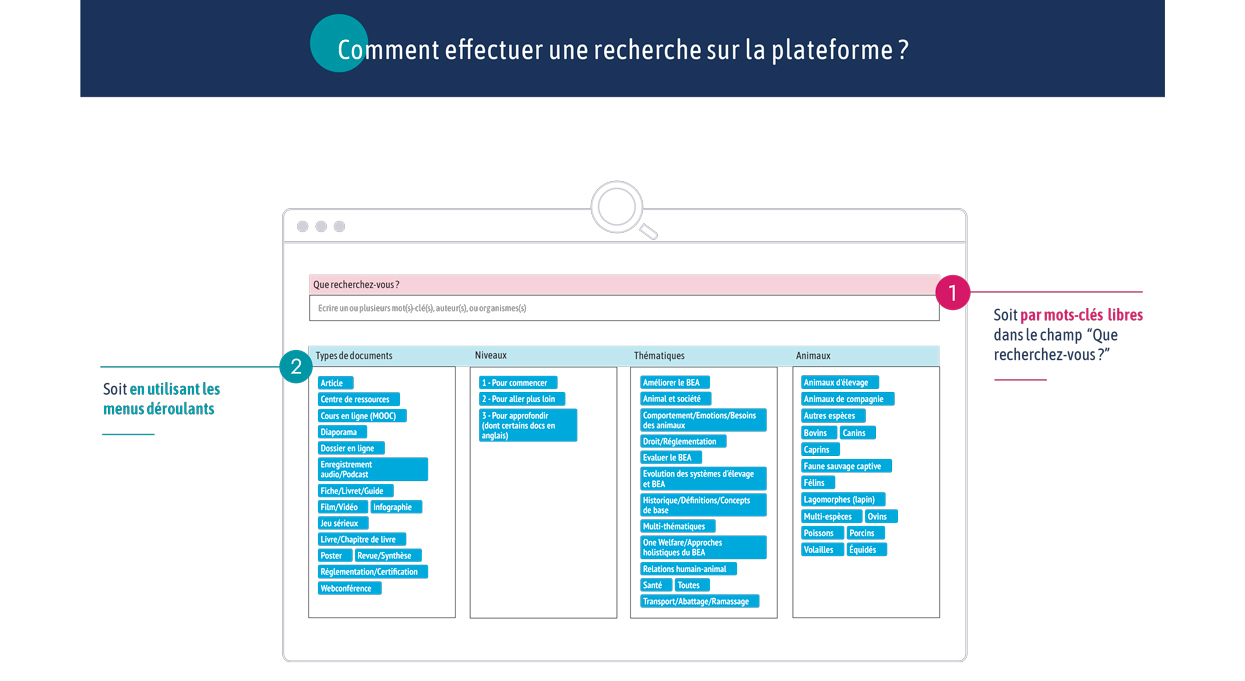Type de document : Article scientifique publié dans Scientific Reports
Auteurs : Britta Schünemann, Judith Keller, Hannes Rakoczy, Tanya Behne, Juliane Bräuer
Résumé en français (traduction) : Les chiens distinguent les actions intentionnelles et non intentionnelles des humains
Lorsque les chiens interagissent avec les humains, ils manifestent souvent des réactions appropriées aux actions intentionnelles des humains. Mais ces observations quotidiennes ne permettent pas de savoir si les chiens réagissent simplement aux résultats de l’action ou s’ils sont capables de faire la distinction entre différentes catégories d’actions. Les chiens sont-ils capables de distinguer les actions humaines intentionnelles des actions non intentionnelles, même lorsque les résultats de l’action sont les mêmes ? Nous avons testé la capacité des chiens à distinguer ces catégories d’actions en adaptant le paradigme « Unwilling vs. Unable » [ne pas vouloir ou ne pas pouvoir]. Ce paradigme compare les réactions des sujets à des comportements humains intentionnels et non intentionnels. Tous les chiens ont été soumis à trois situations : Dans la première situation, un expérimentateur leur a intentionnellement retiré une récompense. Dans les deux autres situations, l’expérimentateur n’a pas donné la récompense de manière involontaire, soit parce qu’il était maladroit, soit parce qu’il était physiquement empêché de donner la récompense au chien. Les chiens ont clairement fait la distinction dans leur comportement spontané entre les conditions de refus et d’impossibilité. Cela indique que les chiens distinguent effectivement les actions intentionnelles des comportements non intentionnels. Nous discutons de manière critique nos résultats sur la compréhension par les chiens de l’action intentionnelle humaine.
Résumé en anglais (original) : When dogs interact with humans, they often show appropriate reactions to human intentional action. But it is unclear from these everyday observations whether the dogs simply respond to the action outcomes or whether they are able to discriminate between different categories of actions. Are dogs able to distinguish intentional human actions from unintentional ones, even when the action outcomes are the same? We tested dogs’ ability to discriminate these action categories by adapting the so-called “Unwilling vs. Unable” paradigm. This paradigm compares subjects’ reactions to intentional and unintentional human behaviour. All dogs received three conditions: In the unwilling-condition, an experimenter intentionally withheld a reward from them. In the two unable-conditions, she unintentionally withheld the reward, either because she was clumsy or because she was physically prevented from giving the reward to the dog. Dogs clearly distinguished in their spontaneous behaviour between unwilling- and unable-conditions. This indicates that dogs indeed distinguish intentional actions from unintentional behaviour. We critically discuss our findings with regard to dogs’ understanding of human intentional action.
Article ayant donné lieu à :
– un article dans The Guardian le 1er septembre 2021 : Paws for thought: dogs may be able to figure out human intentions
– un article dans Science le 2 septembre 2021 : Does your dog know what you’re thinking? New study adds evidence for canine “‘theory of mind”’







